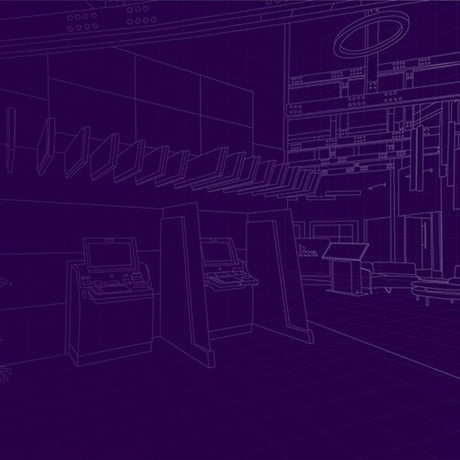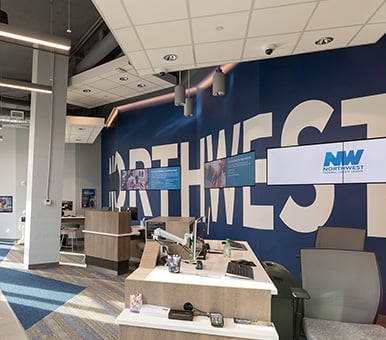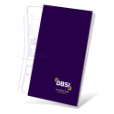3 min read
How Your Financial Institution Can Help Clients Reach Their New Year’s Resolution
 Jared Jones
:
12/31/18 9:00 AM
Jared Jones
:
12/31/18 9:00 AM

When they succeed you reap the rewards
It’s resolution time. For the next month (maybe two months) you can forget about getting one of ‘the good’ treadmills at the gym, or finding produce after all the dieters attack the grocery store.
Did you know that saving more money is one of the top three most common New Year’s resolutions? And according to Bankrate, only 29% of adults (surveyed) have a large enough saving reserve to cover six or more months. Banks and credit unions have an exciting opportunity to be a resource in helping people make smarter financial decisions.
Financial institutions are resolving to increase deposits and up-serve their current customers or members. The good news is that consumers are ready to help FIs meet this goal, FIs just need to help them first.
What’s the holdup?
Everyone wants to make sure they have enough savings to cover for an emergency, but it seems most need help getting there. And on the other side, the financial industry wants to move from transaction-based staff to advisory, but few are making an effort that is actually helpful for the consumer. Both sides need each other but there is a gaping hole between the two.
Most FIs turn to sales techniques to narrow the gap. The client-centric approach, even when customized for the financial industry, seems to only be successful in theory. Using these tactics with blunt force like a hammer to a nail doesn’t work.
The qualifying questions needed to up-sell or up-serve in our industry are very personal to the consumer. Think about it from the consumers' perspective. You wouldn’t want your financial situation discussed loudly in the middle of a busy branch, right?
Let’s dive into exactly why these traditional tactics tend to fall flat.
Incentives
This tactic works very well in most retail situations. It encourages staff to ask probing questions and help lead customers and members to more products. However, within financial industries, it encourages staff to ask consumers uncomfortable questions and can be perceived as invasive.
Incentives are a great tactic and proven with success, but they fall flat because the incentivized action is wrong. Financial wellness is a very personal subject and should be approached as such.
Client-Centric Sales Practices
Using data to help the front lines ask the right questions and preparing them to have the right answers seems like a step in the right direction. The problem: having this information and speaking to the client directly about the information is just too aggressive. The client wants your help, but there is a step missing. They need to know exactly how you can help them without feeling exposed. It’s easier said than done.
Change Management
Driving change from the top works well when the change being driven is sound. In this case, asking your managers to make sure your front lines ask the right questions (the questions that make people uncomfortable) is another, faster way to reach failure. If management tries to ask clients directly about the contents of their bank accounts and the services your FI has to help, they may start to understand the push back from the front line. Understanding the goals of a client’s financial situation requires more finesse to broach than the generic questions most tellers ask.
How to Bridge the Gap
We know the problem: the probing questions your front line is asking are too personal. People feel like their bubble is being invaded. The approach needs to allow the consumer to see where they stand financially without feeling attacked, while still allowing them to gain information about how you can help them.
We built a bridge that serves the client’s appetite for information while keeping the experience risk-free -- and we call it Financial HealthCheck (FHC). A digital-based survey that can be customized to your FI.
With the FHC your front line can ask a simple question, “While I process this would you like to check your financial health?” The consumer doesn’t feel like they are exposed or vulnerable to judgment about the contents of their account and the teller has an easy way to start the conversation.
Financial HealthCheck Benefits
-
Ask probing, non-invasive questions to move from transactional to advisory
-
Find out what your customers or members want to do with their money long-term
-
Inform customers and members about your products that can help them
-
Gather data that can help drive success for your branches
The survey offers the user information about where they stand based on the information they provided compared to our large pool of data. Because there are no identifying questions until the very end of the survey, most users finish the survey. After the survey, you have the answers to all of the qualifying questions.
More savings for them means longer deposits for you. Win-win-win.
The best part — we can get you up and running with this in two weeks. Try FHC yourself or contact us to get started.





































